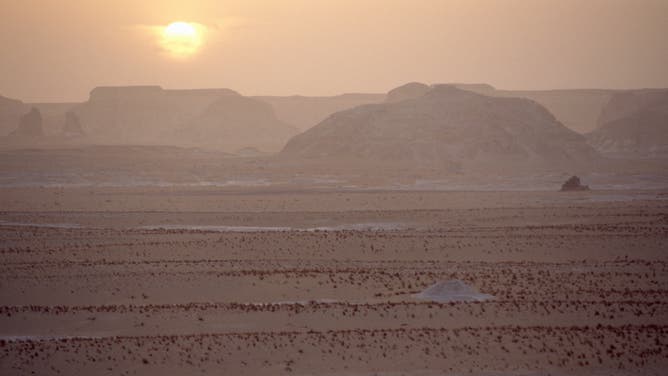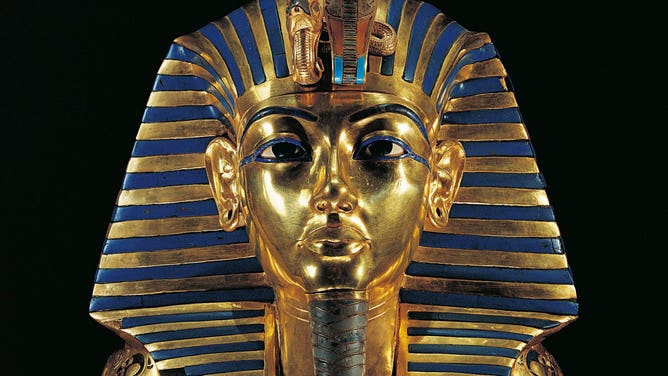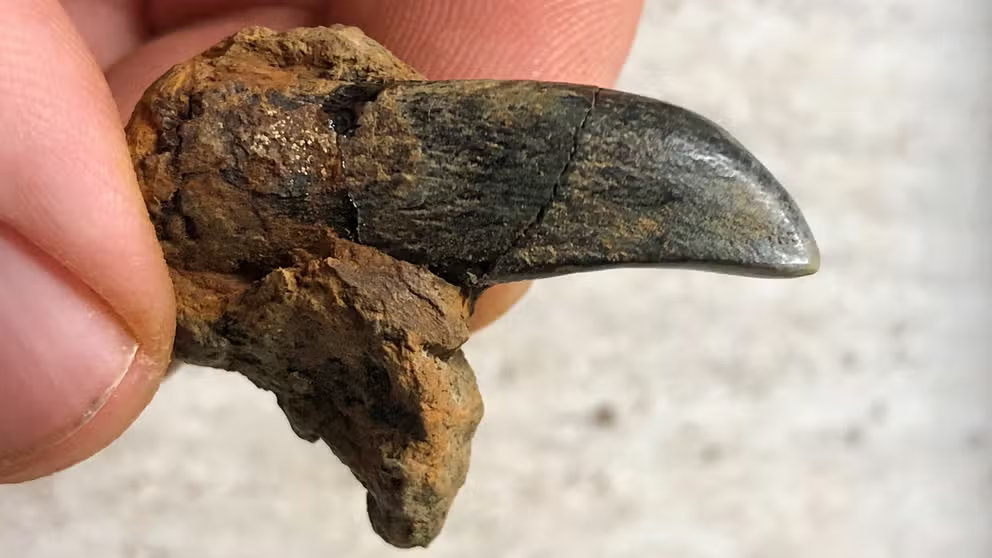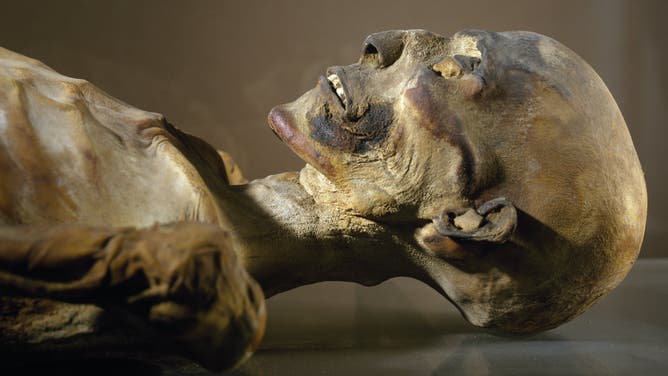Mummy by nature: How the desert heat preserved dead bodies in prehistoric Egypt
High temperatures and dry conditions in North Africa’s deserts provided a natural means to preserve, or mummify, the dead – thousands of years before the intensive mummification practices developed by ancient Egyptians.
How kids at Dinosaur Park are finding bones with help from the rain
Located in Laurel, Maryland, Dinosaur Park is an outdoor laboratory where paleontologists, park visitors, and the weather combine forces to discover hundreds of fossils.
Mummies are some of the most well-known aspects of ancient Egyptian culture.
Early Egyptians treated mummification with reverence as its purpose was to preserve the bodies of the deceased – oftentimes of pharaohs and other nobility – in preparation for the afterlife.
Mummification was an intensive process that involved a number of steps, such as removing organs, drying out the corpse and then wrapping it in strips of linen. According to the Smithsonian, the process was conducted by special priests, and it took about 70 days.
Although mummies are most often associated with Egyptian pharaohs, the practice of mummification predates the founding of ancient Egypt, and it was done naturally, using the sand, heat and dry air of the North African deserts.
MISSISSIPPI RIVER'S LOW WATER LEVELS REVEAL SHIPWRECK
Older than ancient Egypt

Sand dunes of the Sahara Desert in north Africa.
(DeAgostini / Getty Images)
"The earliest evidence we have actually dates from about 4500 BCE," said Alexander Nagel, residential research associate at the National Museum of Natural History in the Smithsonian Institution and chair of the Arts History Museum Professions program at SUNY.
Nagel noted that nomadic early North Africans buried their dead in sandy pits. The deceased were placed in a fetal position and buried with many items, most of them being pots.
The pots – which are now empty today – are thought to have contained knives and jewelry beads. Nagel also suspects that the pots included important food, indicating that the early North Africans might have believed that death was not the end.
"They may have thought that there must be something coming after," he said. He noted that while religion in the region only began in 2500 BCE during the Old Kingdom in ancient Egypt, there may have been an element of spirituality with the early North Africans.
WHERE DINOSAUR BONES ARE REVEALED BY THE WEATHER
Preserved by the desert heat

The sun shines over the Libyan desert in north Africa.
(DeAgostini / Getty Images)
The corpses they buried were then left to be dried in the sun, with the dry desert sand and air drawing moisture out of the bodies.
According to the State Information Service of Egypt, the region receives only about 3 inches of rain a year in most areas. Inland deserts of Egypt experience low humidity and temperatures as high as 109 degrees F in the summertime.
HOW TO WATCH FOX WEATHER ON TV
These desert conditions helped to dry out the bodies buried by early North Africans, allowing for their preservation and – albeit unintentional – mummification.
Over the centuries, early Egyptians took note of their ancestors’ methods and saw how drying out bodies can help preserve them. They used their learnings to develop what would become the elaborate mummification rituals for pharaohs and other Egyptians.
Prehistoric mystery

Golden funerary mask of Tutankhamun, the Egyptian ruler who reigned from 1333–1323 BCE.
(DEA / G. DAGLI ORTI / De Agostini / Getty Images)
Much is left to be learned about mummification in early North Africa. The early burials and mummies were as cryptic to the ancient Egyptians thousands of years ago as they are to archeologists today.
"[The ancient Egyptians] also probably have found our ancestors in pits 2,000 years later, and they were probably also wondering, ‘What did the people do then?’," Nagel said. He noted that mummification also occurred outside of North Africa in Sudan.
"So, we can really only – from bits and pieces, archeological evidence at one cemetery or at one prehistoric site – connect the dots a little bit," he added.


